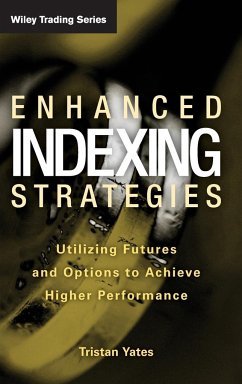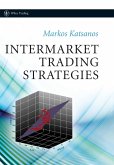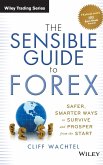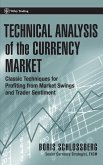Annual returns of 18 20 percent are achievable with an innovative new leveraged indexing strategy. The author advocates a strategy that involves using LEAP call options or index futures essentially as a form of debt to leverage exposure to an index.
Praise for Enhanced Indexing Strategies
"This is the first book on index strategies that speaks to options positions that take advantage of long-term appreciation in all types of market conditions. Yates knows his stuff and gives advice in an easy-to-understand manner that any investor can understand. This book belongs on your book shelf."
--MARK WHISTLER, Author and Senior Market Strategist for TradingMarkets.com
How to use futures and options on index-linked securities to earn higher portfolio returns
Leveraged index investments, including index futures, options, and ETFs, are one of the fastest growing products in finance, as both retail and institutional investors are attracted to their long-term returns and capital efficiency.
In Enhanced Indexing Strategies, Tristan Yates reveals how you can create and build high-performance indexing strategies using derivatives that can potentially generate much higher returns than conventional index investing. He presents important industry research on indexed investing, leveraged portfolio management, and rapid reinvestment, detailing the rewards and risks of multiple options positions in clear and concise writing that links concept to practice.
Focusing primarily on long calls and call spreads, LEAP options, and hedging strategies, the author introduces six innovative long-term indexing techniques using futures and options, each with its own advantages and applications, that can capture appreciation in volatile conditions across many years. And he includes all-important advice on managing your leveraged investment portfolio: setting objectives, carrying out associated tasks, and measuring results.
Praise for Enhanced Indexing Strategies
"This is the first book on index strategies that speaks to options positions that take advantage of long-term appreciation in all types of market conditions. Yates knows his stuff and gives advice in an easy-to-understand manner that any investor can understand. This book belongs on your book shelf."
--MARK WHISTLER, Author and Senior Market Strategist for TradingMarkets.com
How to use futures and options on index-linked securities to earn higher portfolio returns
Leveraged index investments, including index futures, options, and ETFs, are one of the fastest growing products in finance, as both retail and institutional investors are attracted to their long-term returns and capital efficiency.
In Enhanced Indexing Strategies, Tristan Yates reveals how you can create and build high-performance indexing strategies using derivatives that can potentially generate much higher returns than conventional index investing. He presents important industry research on indexed investing, leveraged portfolio management, and rapid reinvestment, detailing the rewards and risks of multiple options positions in clear and concise writing that links concept to practice.
Focusing primarily on long calls and call spreads, LEAP options, and hedging strategies, the author introduces six innovative long-term indexing techniques using futures and options, each with its own advantages and applications, that can capture appreciation in volatile conditions across many years. And he includes all-important advice on managing your leveraged investment portfolio: setting objectives, carrying out associated tasks, and measuring results.








